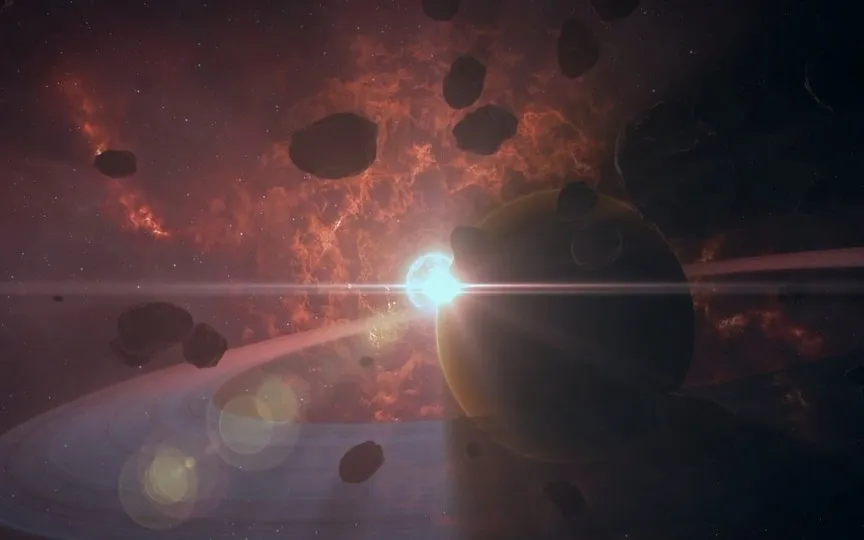Get the details of the first-ever close encounter as NASA announces Asteroid 2023 XB12’s approach to Earth
NASA has a range of space telescopes and ground-based observatories, including the NEOWISE telescope, ALMA, Pans-STARRS1, Catalina Sky Survey, the Hubble Space Telescope, and the new James Webb Space Telescope, dedicated to discovering, monitoring, and studying asteroids in space. Additionally, spacecraft like Dawn, OSIRIS-REx, and Hayabusa2 have played a crucial role in uncovering the secrets of these ancient space rocks. Although these asteroids are typically located millions or billions of kilometers away in the main asteroid belt between Mars and Jupiter, their orbits occasionally bring them close to Earth. Today, December 14, NASA has announced that an asteroid is expected to pass by Earth at a close distance. Learn more about this near encounter.
Asteroid 2023 XB12: Speed, Size and More
NASA’s Center for Near-Earth Object Studies (CNEOS) has named the asteroid Asteroid 2023 XB12. This Near-Earth Asteroid (NEA) is expected to make its closest approach to the planet at about 17539 kilometers per hour. During its closest approach, it will pass the planet at a distance of about 5 million kilometers. It is important to note that although it has been called a near-Earth asteroid due to its close flyby distance, it is not expected to actually impact the planet.
It belongs to the Apollo group of Near-Earth Asteroids, which are space rocks that pass through the Earth and whose semi-major axes are larger than the Earth’s axis. These asteroids are named after the huge 1862 Apollo asteroid discovered by German astronomer Karl Reinmuth in the 1930s.
How big is the asteroid?
According to NASA, Asteroid 2023 XB12 is about 85 feet across, making it almost the size of an airplane! That’s bigger than the Chelyabinsk asteroid that wreaked havoc in 2013, damaging more than 7,000 buildings and injuring nearly 1,000 people. Despite its size, the asteroid has not been called a potentially hazardous asteroid. Only celestial bodies longer than 492 feet that pass Earth closer than 7.5 million kilometers are defined as such.
According to NASA, asteroid 2023 XB12 has not passed by Earth before, and this is its first close approach. After today, this Apollo group asteroid is not expected to pass by the planet anytime in the near future.




